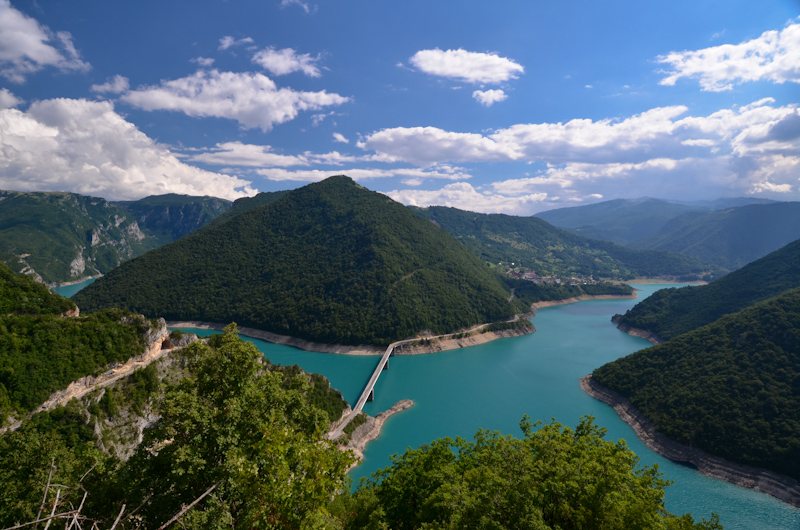Today Montenegro area is 13 436 square kilometers with a population of just over 626 000 (Feb 2017) making Montenegro the 166th most populated country with 0.01% of the world’s population living there. The majority of people live in urban areas and the average age is 37.9 years. Currently the female population slightly outnumber the male population.
However, during the 19th Century Montenegro area was just over 8 400 square kilometers which was further reduced to 5 922 square kilometers by the Berlin Congress. At one time it also had an estimated population of only 196 000. Montenegro has a rich history of conquests, occupations and being occupied. Much of this history is what makes it such an exciting tourist destination today.
The land on which Montenegro is located was inhabited since the early middle ages. Since then it has had many rulers and divisions. There were the Illyrians, the Slavic People in the 6th and 7th centuries and the dukedom of Duklja, and later in the 14th century there was the principality of Zeta.
The southern part of Montenegro was ruled by feuding noble families in the 14th and 15th centuries. At some stage the area started being referred to as Crnagora, which translates to monte negro or black mountains – the mountains appearing to be dark because of the thick forests on them. From 1515 until 1851 Montenegro was rules by the bishops of Cetinje that were referred to as prince-bishops. Thereafter the House of Petrović-Njegoš ruled until 1918. Petar I Petrovic was responsible for establishing the independence of Montenegro and attempting to free it from Turkish rule. He was succeeded by Petar II Petrović-Njegoš who became famous as a writer, philosopher and statesman. He further strengthened Montenegro’s identity as a unified independent state. These rulers were also instrumental in ending the family feuds and unifying Montenegro thereby establishing education for boys and girls, progress and a period of relative peace.
During 1918 Montenegro became part of Yugoslavia after it was annexed by Serbia. After world war II Montenegro gained some recognition as a separate entity when it became the smallest republic of the Socialist Federal Republic of Yugoslavia. This history was marked by turmoil and assassinations. One of the key conflict points was the division between those that supported the then USSR and those that opposed it.
The Bosnian and Croatian wars during 1991 to 1995 finally broke apart Yugoslavia. During this period Montenegro was very important because of its location – it was linked to Albania across Lake Skadar and had access to the Adriatic Sea. Although some parts of Montenegro were bombed these were mainly military targets sparing Montenegro from the widespread destruction that the war caused in some areas.
In 2003 the Federal Republic of Yugoslavia was renamed “Serbia and Montenegro” and they were ruled as a union for three years. In 2006 Montenegro held a referendum in which 55.5% of the people voted for independence by the narrowest of margins, only 0.5% more than was needed. Montenegro then declared independence on the 3rd of June 2006 and was officially recognized by the United Nations and other countries a short while later.


